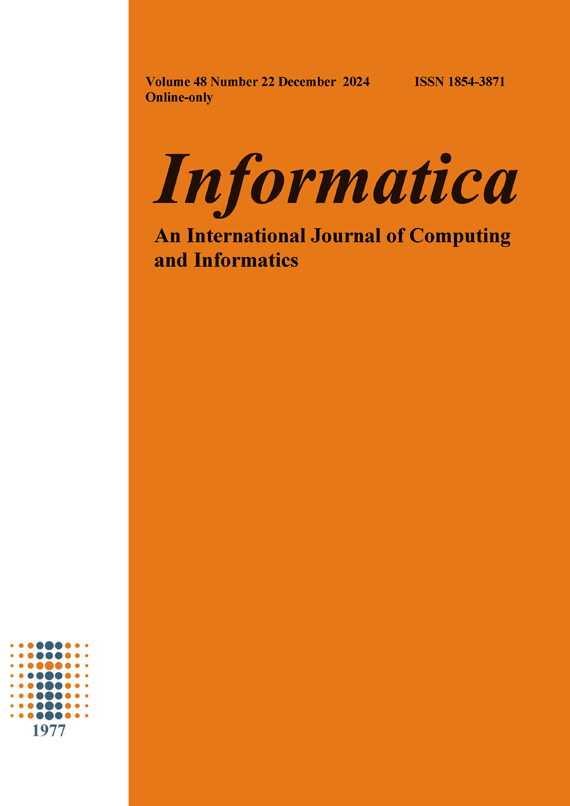Energy Consumption Control Strategy for Pure Electric Commercial Vehicles Based on DP Algorithm
DOI:
https://doi.org/10.31449/inf.v48i22.6922Abstract
Reducing energy consumption and carbon emissions while effectively utilizing automotive resources is a crucial task for both the country and the automotive industry. To achieve this goal, this study employs the Dynamic Programming algorithm to optimize the control of pure electric commercial vehicles' driving process, thereby reducing their energy consumption. With the objective function of minimizing energy consumption and the constraints of vehicle power performance and economy, a simulation platform is built to analyze the driving energy consumption of pure electric commercial vehicles under typical working conditions. The experiment verified the effectiveness and feasibility of the driving energy consumption control strategy based on the Dynamic Programming algorithm. The results showed that compared to the traditional Dynamic Programming algorithm, the improved algorithm could save 1% - 2% more electricity. Additionally, when compared to the conventional PID algorithm, it could save about 1% - 7.5% of electricity. Compared to normal driving, optimized speed tracking reduced total energy consumption by 23.56%, while energy consumption during constant speed driving decreased by 6.62%. This indicates that the proposed energy consumption control strategy for pure electric commercial vehicles can achieve the goal of reducing driving energy consumption. The proposed driving energy consumption control strategy for pure electric commercial vehicles aims to plan the vehicle's driving speed, enabling it to travel on a reasonable speed track, and ultimately reducing driving energy consumption while improving driving economy.
翻译
搜索
复制
Downloads
Published
Issue
Section
License
I assign to Informatica, An International Journal of Computing and Informatics ("Journal") the copyright in the manuscript identified above and any additional material (figures, tables, illustrations, software or other information intended for publication) submitted as part of or as a supplement to the manuscript ("Paper") in all forms and media throughout the world, in all languages, for the full term of copyright, effective when and if the article is accepted for publication. This transfer includes the right to reproduce and/or to distribute the Paper to other journals or digital libraries in electronic and online forms and systems.
I understand that I retain the rights to use the pre-prints, off-prints, accepted manuscript and published journal Paper for personal use, scholarly purposes and internal institutional use.
In certain cases, I can ask for retaining the publishing rights of the Paper. The Journal can permit or deny the request for publishing rights, to which I fully agree.
I declare that the submitted Paper is original, has been written by the stated authors and has not been published elsewhere nor is currently being considered for publication by any other journal and will not be submitted for such review while under review by this Journal. The Paper contains no material that violates proprietary rights of any other person or entity. I have obtained written permission from copyright owners for any excerpts from copyrighted works that are included and have credited the sources in my article. I have informed the co-author(s) of the terms of this publishing agreement.
Copyright © Slovenian Society Informatika








